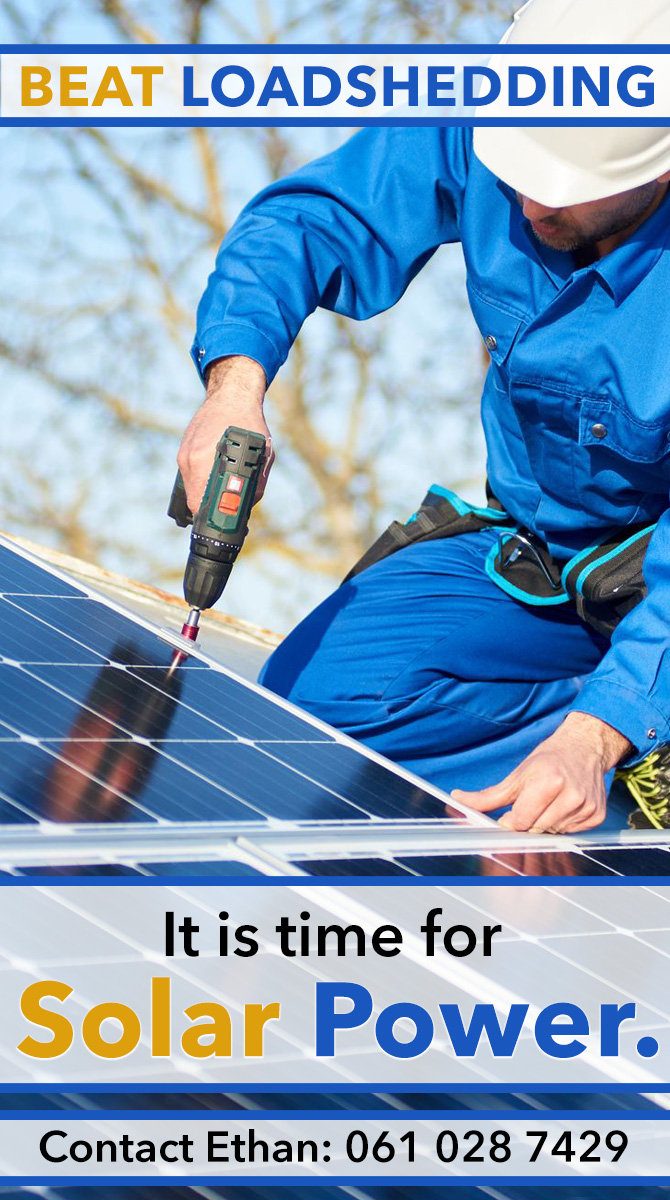Battery tray (keeps batteries in place) Designed to withstand the rugged Australian terrain and the most extreme weather conditions in Australia, REDARC fixed solar panels are manufactured with A-quality monocrystalline solar cells. Fixed panels are arguably the easiest option when it comes to a solar installation. They can be attached to the roof of cars, vans, caravans or motorhome trailers, which avoids the need to install or pack them when you arrive or leave your destination. Fixed panels are also often more cost-effective than portable panels or blankets.
If you want to be sure that your device will work with a particular portable solar panel, you should find out its compatibility beforehand. However, you'll want to invest in a higher-efficiency model to get the best value and performance out of your portable solar panel. Portable solar panels are a great choice for applications isolated from the grid, emergency power, or backup power. It will determine whether or not you can install your portable panels in different places and how easily you can do so.
The sun is incredibly powerful and, without a regulator, it can damage the battery if the solar panel overcharges. A solar charger consists of a solar panel and a means to collect the energy produced through cables or ports. A higher-efficient portable solar panel will produce more energy per square foot of surface area than a lower-efficiency model. Solar energy has never been more popular in tourist facilities, as travelers strive to get as much energy as possible from solar energy to charge their batteries and run all of the camping essentials and luxuries.
Some of the best portable solar panels come with an internal and an external battery so you can charge them at the same time or separately if needed. So, before you buy any portable solar panel, make sure it meets your weight and power output needs. The best thing to do when buying portable solar panels is to make sure you buy them from a reputable seller or manufacturer. The Sherpa 100 AC external battery works with the Goal Zero Nomad 50 solar panel to cover the needs of a week's trip.
Most people want a solar panel or charger that can supply at least 2.4 amps, which is the power needed to charge a USB device.










